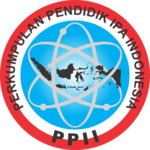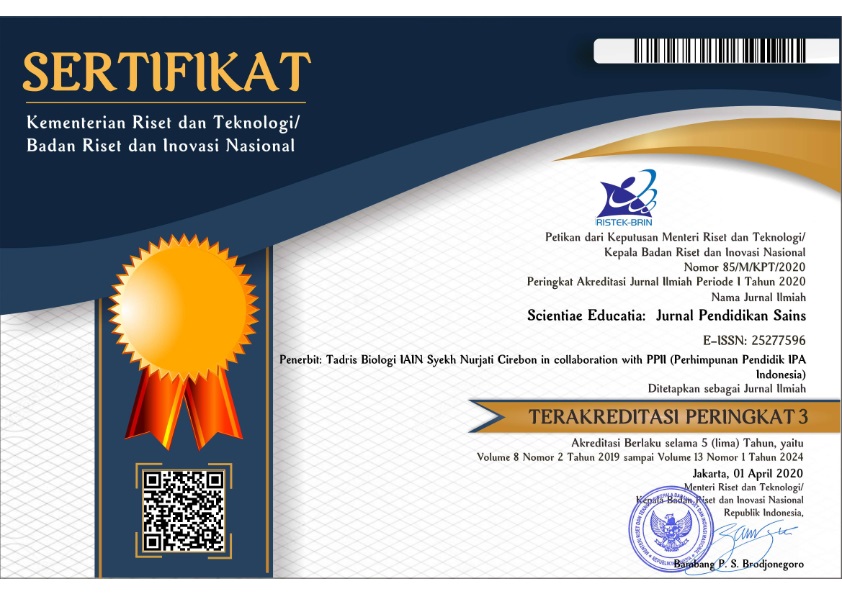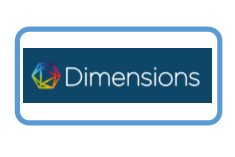KEMAMPUAN MEMBACA DAN INTERPRETASI GRAFIK DAN DATA: STUDI KASUS PADA SISWA KELAS 8 SMPN
(1)
(*) Corresponding Author
Abstract
Penelitian ini bertujuan untuk mengetahui kemampuan siswa dalam membaca, menginterpretasi grafik dan data dari suatu peristiwa lingkungan dalam kehidupan sehari-hari. Jumlah siswa yang menjadi sampel penelitian adalah 59 orang yang sedang duduk di Kelas 8, yaitu kelas 8D dan 8E. Instrumen penelitian menggunakan Test of Graphing in Science (TOGS), sedangkan pengujian kualitas Interpretasi grafik menggunakan Web Inquiry Science Environment (WISE). Dalam membaca dan menginterpretasi grafik dan data siswa memiliki rata-rata prosentase dibawah 50% untuk jawaban yang benar dan Ketuntasan Kriteria Minimum (KKM) di Kelas 8 D sebanyak 3.5% tuntas, dan 96.5% remedial. Sementara, di kelas 8 E yang mencapai nilai Kriteria Ketuntasan Minimum (KKM) sebanyak 10.0% tuntas, dan 90.0% remedial. Sedangkan hasil projek dari WISE v. 4 siswa tidak menjawab dengan benar dan memiliki kesulitan dalam membuat tabulasi data dan grafik. Dari hasil pengujian tes diagnostik TOGS bahwa siswa tidak dapat membaca grafik dengan baik dan penggunaan WISE ditemukan bahwa  siswa memiliki kesulitan dalam menginterpretasi grafik dan data.
Â
Kata kunci: Interpretasi, data, grafik, WISE.
Full Text:
PDFReferences
A. Van Heuvelen and X. Zou. (2001). Multiple representations of work-energy processes. Am. J. Phys. 69_2_, 184–193 __.
Ambelu, T., Gebregziabher. (2011). The Effects of Student-Centered Approach in Improving Students’ Graphical Interpretation Skills and Conceptual Understanding of Kinematical Motion. Lat. Am. J. Phys. Educ. Vol. 5, No. 2
American Association for the Advancement of Science (AAAS). (1989). Project 2061: Science for all Americans. Washington, DC: National Academy Press
American Association for the Advancement of Science [AAAS]. (1993). Benchmark for Science Literacy. New York: Oxford University Press.
Ben-Zvi, R., Eylon, B., & Silberstein, J. (1987). Students’ visualization of a chemical reaction. Education in Chemistry, July, 117–120.
Bloom, Benjamin S et al, (1971). “Handbook on Formative and Summative Evaluation of Student Learningâ€.
Danny L, McKenzie, and M. J. Padilla, (1986). The Construction and Validation of the Test of Graphing in Science (TOGS). J. Res. Sci. Teaching. 23(7), 571-579.
Hein, T. L., & Zollman, D. (2000). Digital video, learning styles, and student understanding of kinematics graphs. Journal of STEM Education,
J. Beichner, R. J. (1994). Testing student interpretation of kinematics graphs. American Journal of Physics, 62(8), 750-762.
Knorr-Cetina, K. (1983). The ethnographic study of scientific work: Towards a constructivist interpretation of science. In K. Knorr-Cetina&M. Mulkay (Eds.), Science observed: Perspectives on the social study of science (pp. 115–140). London: Sage
Koentjaraningrat. (1986). Manajemen Penelitian. Jakarta; Aksara Baru
Kozma, Chin, Russell, and Marx. (2000). The Role of Representations and Tools in the Chemistry Laboratory and Their Implications for Chemistry Learning. The Journal of The Learning Sciences. 9(2). 105-143.
Kozma, R.B. & Russell, J. (1997). Multimedia and understanding: Expert and novice responses to different representations of chemical phenomena. Journal of Research in Science Teaching, 34, 949–968
Krajcik, J.S. (1991). Developing students’ understanding of chemical concepts. In S.M. Glynn, R.H. Yeany, & B.K. Britton (Eds.), The psychology of learning science: International perspective on the psychological foundations of technology-based learning environments (pp. 117–145). Hillsdale, NJ: Erlbaum.
Latour, B. (1987). Science in action: How to follow scientists and engineers through society. Cambridge, MA: Harvard University Press
Leinhardt, G., Zaslavsky, O., & Stein, M.K. (1990). Functions, graphs, and graphing: Tasks, learning, and teaching. Review of Educational Research, 60, 1–64.
Lemke, J. (1998). Multiplying meaning: Visual and verbal semiotics in scientific text. In J.R.Martin & R. Vell (Eds.), Reading science: Critical and functional perspectives on discourses of science (pp. 87–113). New York: Routledge.
Lincoln, Y. & Guba, E. (1985). Naturalistic inquiry. Beverly Hills, CA: Sage
Linn C. Slotta D. dkk, (2010), Designing Science Instruction using the Web-based Inquiry Science Environment (WISE). Asia-Pacific Forum on Science Learning and Teaching, Volume 11, Issue 2, Foreword, p.5
Lynch, M. & Woolgar, S. (Eds.) (1990). Representation in scientific practice. Cambridge, MA: MIT Press.
McKenzie, D. L., & Padilla, M. J. (1986). The construction and validation of the test of graphing in science (TOGS). Journal of Research in Science Teaching, 23(7), 571-579.
Moschkovich, J.N.&Brenner, M.E. (2000). Integrating a naturalistic paradigm into research on mathematics and science cognition and learning. In A.E. Kelly & R.A. Lesh (Eds.), Handbook of research design in mathematics and science education (pp. 457–486). Mahwah, NJ: Erlbaum
National Research Council [NRC]. (1996). The National Science Education Standards. Washington DC. National Academic Press.
Rogers L.T. (1998). Probing the Hidden Secrets of Graphs, Hands-on Experiments in Physics Education - Proceedings of the GIREP, Conference in Duisburg
Undang-Undang Sisdiknas. (2003). Undang-Undang Sisdiknas. UURI Nomor 20. Tahun 2003.
DOI: 10.24235/sc.educatia.v4i2.493
Article Metrics
Abstract view : 3284 timesPDF - 5093 times
Refbacks
- There are currently no refbacks.
Scientiae Educatia: Jurnal Pendidikan Sains indexed by:

This work is licensed under a Creative Commons Attribution 4.0 International License.
Stat Counter (Link)



1.png)












